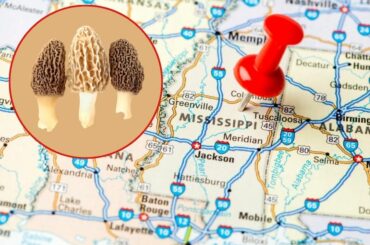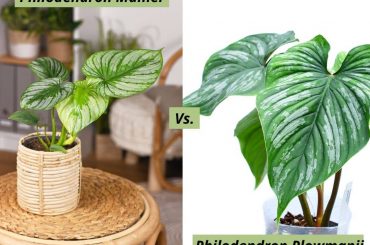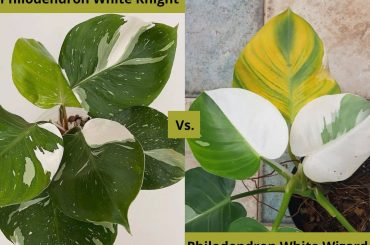A frequent question we receive from those who live in colder climates is, “Do Elephant Ears Come Back Every Year?”. Let’s find out the answer to this question. Elephant ears are a tropical plant that is grown as an annual in colder climates. They are known for their large, heart-shaped leaves that can grow up to 3 feet long and 2 feet wide. The leaves are held up by thick stems that can grow up to 6 feet tall.
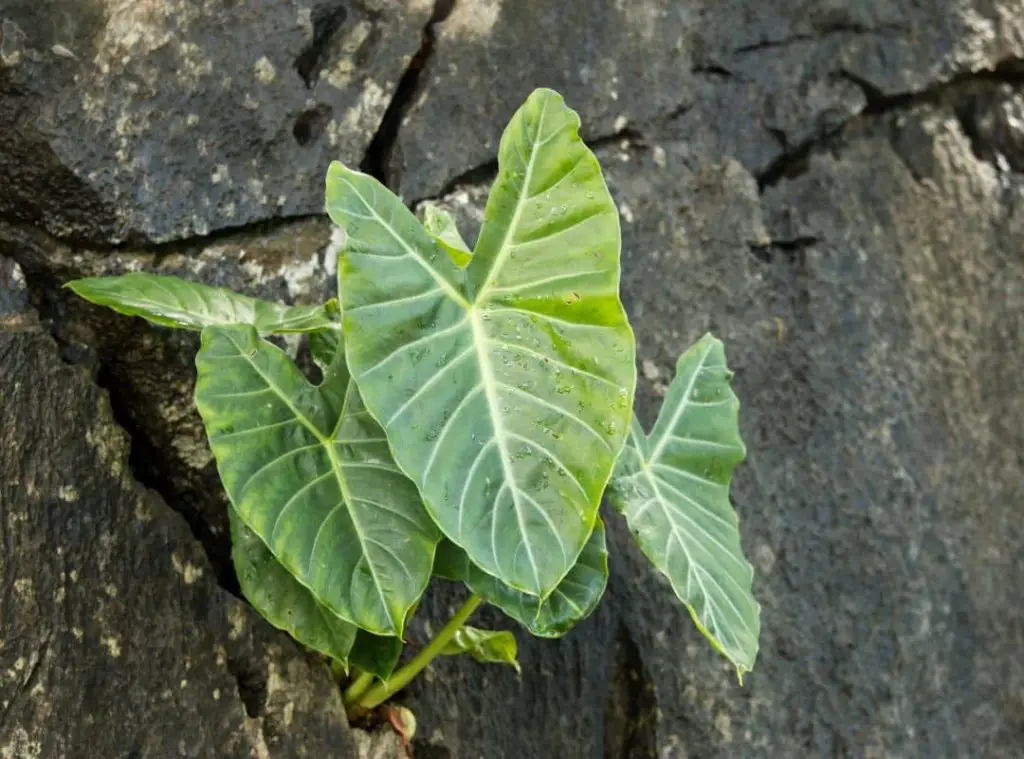
Because of this exotic plant’s size and shape, it is often used as a focal point or accent plant in gardens and landscapes. It can be grown alone or in clusters. In colder climates, elephant ears are grown as annuals. This means that they will die when the temperatures start to get cold in the fall. However, in tropical climates, they are evergreen and will remain green all year long.
What are Elephant Ears?
Contents
- 1 What are Elephant Ears?
- 2 Elephant Ears Grow from Bulbs
- 3 How to Plant Elephant Ears
- 4 When to Plant Elephant Ears
- 5 Do Elephant Ears Come Back Every Year?
- 6 Can You Leave Elephant Ears In The Ground Over Winter?
- 7 Do Elephant Ears Have To Be Dug Up Every Year?
- 8 How Cold Can Elephant Ears Tolerate?
- 9 What Happens If Elephant Ears Freeze?
- 10 Do Elephant Ear Plants Grow Back After Winter?
- 11 When Should I Cut Down My Elephant Ears?
- 12 Can Elephant Ears Be Indoor Plants?
- 13 Do Elephant Ears Do Well In Pots?
- 14 Do Elephant Ear Plants Multiply?
- 15 How Big Do Elephant Ear Plants Get?
- 16 How Long Do Elephant Ears Take To Grow To Full Size?
- 17 Related questions
- 18 Conclusion
Elephant ears are a tropical perennial plant that is used as a garden ornamental. The two main types are Colocasia and Alocasia, both of which are native to tropical Asia. However, another elephant ear type, known as Xanthosoma, is native to tropical America. The most popular type of elephant ear is colocasia, which you’re most likely to discover at your local nursery or garden center. This is the species that are most often used in landscaping, as it’s easy to care for, and it has a wide range of leaf colors, including green, purple, and black.
Alocasia is less common than Colocasia, but it’s gaining in popularity due to its striking coloration. The leaves of this species are typically green with white or yellow markings. They’re also smaller than Colocasia leaves, which makes them a good choice for smaller gardens. Xanthosoma is the least common type of elephant ear, but it’s still grown as a garden ornamental in some parts of the world. The leaves of this species are usually dark green or burgundy in color.
Elephant Ears Grow from Bulbs
All three types of elephant ears grow from bulbs, which are thick, fleshy, underground storage organs. The bulbs are similar in appearance to potatoes and can be divided and replanted to propagate the plant. When you purchase an elephant ear plant, it will most likely be in a pot with the bulb exposed. This is because elephant ear bulbs are typically too large to fit inside a standard nursery pot.
How to Plant Elephant Ears
If you live in a tropical climate, you can grow elephant ears directly in the ground. However, if you live in a colder climate, you will need to start them indoors. Dig a hole twice as big and deep as the bulb to plant elephant ears. Fill the hole with dirt after inserting the bulb with the pointed end facing up. Water the soil well to moisten it, and then place the potted plant in a sunny location.
When to Plant Elephant Ears
If you’re starting elephant ears from bulbs, you can plant them indoors about six to eight weeks before the first frost day in your area. If you’re planting them directly in the ground, you can plant them when the soil is warm, which is typically in late Spring or early summer. Elephant ears are fast-growing plants, so you’ll need to fertilize them regularly to ensure they have all the nutrients they need to thrive. Use a balanced fertilizer that’s formulated for use on tropical plants.
Your plant will reach its full size within two months when well cared for.

Do Elephant Ears Come Back Every Year?
As we mentioned earlier, these plants are used as annual plants in colder climates. This means that they will die when the temperatures start to get cold in the fall. However, these plants can grow back every year if the tubers are dug up and overwintered indoors.
Dig up the tubers to overwinter your elephant ears when the first frost date arrives. Cut the foliage back to about six inches, and then let the tubers dry in a warm, dry location for a few days. When they’re dry, keep them in a cold, dark place, such as a basement or garage. When Spring arrives, the tubers can be planted in pots or straight in the ground. With proper care, your elephant ears will come back every year, providing you with beautiful foliage that will add interest to your garden.
Can You Leave Elephant Ears In The Ground Over Winter?
If you live in zone 8 or higher, you can leave your elephant ears in the ground over winter. If you live in a colder region, though, you will need to dig up the tubers and preserve them indoors. When leaving elephant ears in the ground over winter, it’s important to mulch the plants well. This will aid in the insulation of the roots and keep them from freezing.
A layer of straw or leaves placed over the soil will work well as a mulch. Just make sure to remove the mulch in the Spring, so it doesn’t prevent the plant from growing. If you reside in cold regions, dig up the tubers and preserve them indoors during the winter. This will ensure that your plant comes back healthy and vigorous the following Spring.
Do Elephant Ears Have To Be Dug Up Every Year?
No, elephant ears don’t have to be dug up every year, especially if you live in a tropical area. However, if you live in a cold area, it’s best to dig up the tubers and store them indoors over winter. This will ensure that your plant comes back healthy and vigorous the following Spring.
How Cold Can Elephant Ears Tolerate?
Elephant ears are tropical plants, so they can’t tolerate cold temperatures. If the temperature dips below 50 degrees Fahrenheit, the leaves will start to die. In colder regions, the tubers of elephant ears need to be dug up and overwintered indoors.
What Happens If Elephant Ears Freeze?
If elephant ears freeze, the leaves will die. However, the plant can recover if the roots are still alive. If the roots remain alive, once the temperatures start to warm up, new leaves will sprout from the roots.
Do Elephant Ear Plants Grow Back After Winter?
Elephant ear plants will grow back after winter only if you live in a warm climate. If your area gets to winter, the plant will die when the temperatures start to dip in the fall. However, you can save the plant by digging up the tubers and overwintering them indoors.
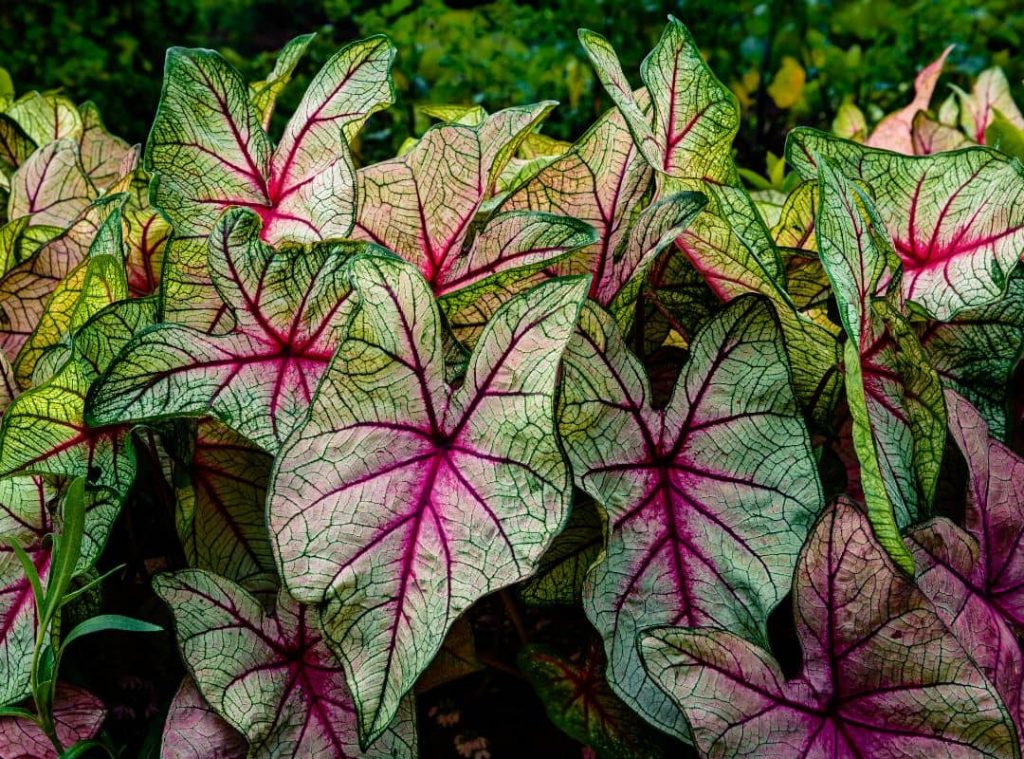
When Should I Cut Down My Elephant Ears?
If you live in a cold area, you should cut your elephant ears down when the first frost date arrives. This will prevent the plant from dying when the temperatures start to dip. You can leave your plant on the ground year-round if you live in a warm climate.
However, some gardeners advise against cutting the plant down, as this can shock and rot the roots and prevent the plant from growing back the following year. If you decide to cut your plant down, do so carefully and ensure the roots are not damaged.
Can Elephant Ears Be Indoor Plants?
Yes, elephant ears can be indoor plants. However, they need to be kept in a warm, humid environment. They also need bright, indirect light. If you can provide these conditions, your elephant ears will thrive indoors. However, you may never experience elephant ears blooming as your plant doesn’t have enough energy to produce flowers when grown indoors.
Do Elephant Ears Do Well In Pots?
Yes, elephant ears do well in pots. In fact, growing them in pots is often the best way to overwinter them if you live in a cold climate. Just make sure to buy a large pot to accommodate the plant’s roots. You should also provide adequate drainage so that the roots don’t become waterlogged. Elephant ears need to be kept in a warm, humid environment. They also need bright, indirect light.
If you can provide these conditions, your elephant ears will thrive indoors. However, elephant ear blooming is impossible because your plant does not have enough energy to produce flowers when cultivated indoors.
Do Elephant Ear Plants Multiply?
Yes. Elephant ear plants multiply by producing offsets or small plants that grow from the roots of the main plant. You can replant these offsets to create new plants. Elephant ears can also be propagated by dividing the tubers.
How Big Do Elephant Ear Plants Get?
Elephant ear plants can grow to be very large. The leaves can reach up to six feet in length and three feet in width. The plants can also spread six feet wide.
How Long Do Elephant Ears Take To Grow To Full Size?
Elephant ears are fast-growing plants that can reach their full size within about two months. However, the size of your plant will depend on the conditions in which it is grown. For instance, if you live in a cold climate, your plant will be smaller than if you live in a warm climate.
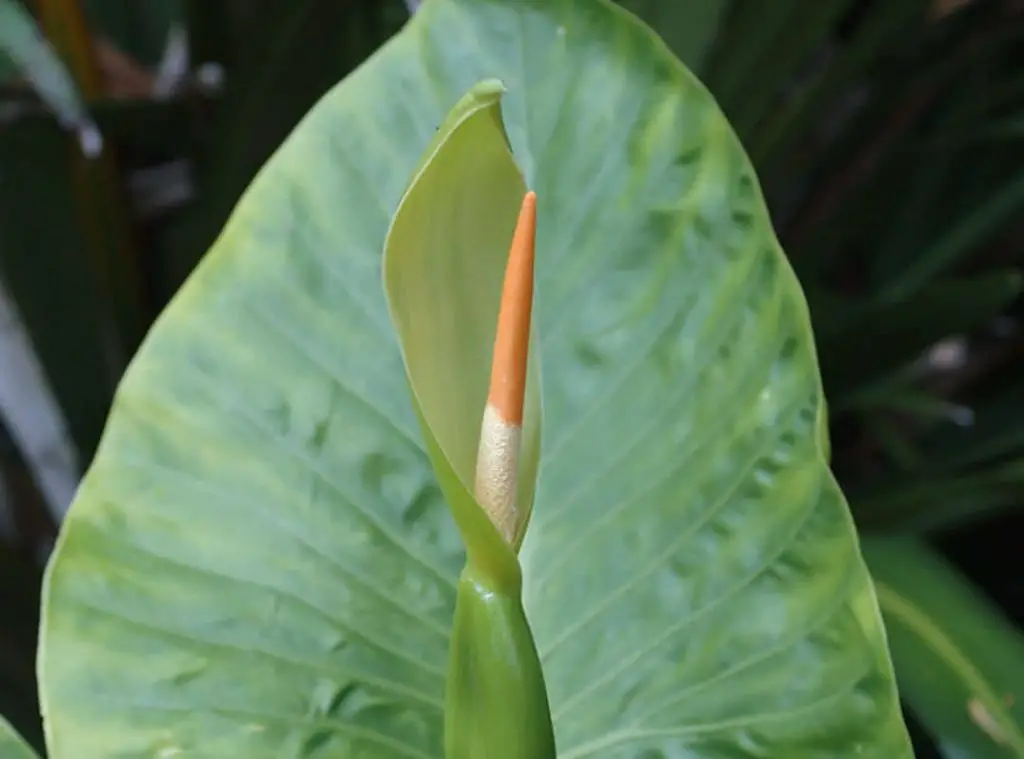
Related questions
When Do Elephant Ears Bloom?
If you plant elephant ears soon after Spring arrives, they will generally bloom from late Spring to early fall. The plant may not bloom if you live in a cold climate.
Is Elephant Ear Toxic To Dogs?
Yes. Elephant ear is toxic to dogs and can cause vomiting, diarrhea, and excessive drooling. If your dog eats elephant ears, it is important to seek veterinary care immediately.
What Plants Go Well With Elephant Ears?
Plants that go well with elephant ears include caladiums, impatiens, Chinese hibiscus, Mandeville, and begonias. These plants share similar growing conditions and will complement each other in the garden.
Conclusion
Do Elephant Ears Come Back Every Year? If you live in a colder area, don’t worry – elephant ears can be grown as annual plants. However, if you want to enjoy these beautiful plants year after year, you can overwinter the tubers indoors.
All you have to do is dig up the tubers when the first frost arrives, cut the foliage back to about six inches, let them dry for a few days, and then store them in a cool, dark location. In Spring, you can plant the tubers in pots or directly in the ground. With proper care, your elephant ears will come back every year!
Read Next : How To Winterize Elephant Ears | Critical Facts |

